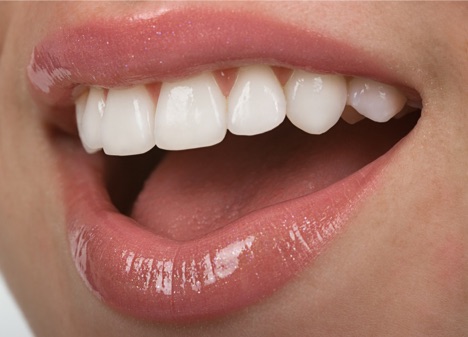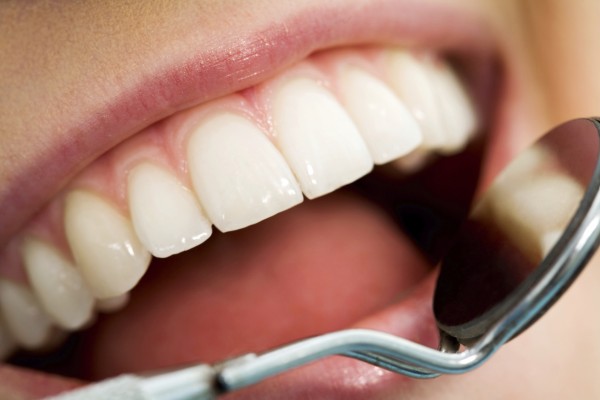Veneers or Bonding: Which is Right for Me?

Damaged or misshapen front teeth can cause stress and lack of confidence. Fortunately, most cases can be improved. When it comes to transforming your smile, there are options.
If the change you want requires very little tooth structure removal, your typical options are bonding or veneers. If you want a dramatic shade change, the case becomes more complex and you need to discuss with your dentist what the best treatment would be. Both dental bonding and veneers aim to reach the same goal: good aesthetics and adequate strength. Due to the properties of each material and the method of the treatment there are differences in outcome. We will review the details of each.
What Is Dental Bonding?
Dental bonding is just another way to describe a tooth colored filling. It is composed of resin and is layered on to the tooth. Usually its goal is to produce a more aesthetic contour to your front tooth that may be a different shape from what you want or has been damaged by trauma or decay. Dental bonding is popular because it is the cheapest option, it requires only one appointment and the results can be quite long term and aesthetic. In comparison to veneers it is not as strong as porcelain and not as beautiful. The result of your dental bonding is depending on the skill of your dentist.
What Are Veneers?
Veneers are usually made of porcelain. Like dental bonding as described above, the goal is to achieve a beautiful result that looks natural and is strong. A well-made/planned veneer on the right patient may last for decades. Porcelain is a beautiful material and is stronger than bonding material (resin). It usually covers entire “face” of the tooth producing a seamless glossy finish that is beautiful. In contrast, dental bonding sometimes covers the entire face of the tooth but sometimes does not. Usually there is a less seamless and less glossy finish.
Porcelain veneers serve as a great replacement for the front surface of a tooth, masking the underlying flaws. Because of the ease and precision that porcelain veneers provide, they have gained immense popularity in recent years. Many cosmetic surgeons refer to the procedure of applying veneers as “instant orthodontics”.
Porcelain Veneers vs. Dental Bonding
If you’re wondering which of the two cosmetic solutions might be the better option, the answer is different for everyone. Dental bonding allows your cosmetic surgeon to work easily on one tooth at a time, making the procedure far more cost effective than applying porcelain veneers.
Dental bonding is also more convenient than porcelain veneers when you need a small problem to be fixed. This is because bonding can be performed during a single visit to the dentist while veneers require multiple visits to be molded, applied and set.
Although applying veneers requires much more preparatory work, it results in a much more dramatic transformation. Veneers will give you a very natural look and will go a long way into perfecting your smile. Veneers are also more durable than dental bonding.
The Right Choice
Dental bonding and veneers can be used to adjust the length and shape of teeth or fill in gaps. Each procedure has its own pros and cons, and both have the potential to effectively solve dental flaws. The important thing is to rightly determine which choice is better suited to you so that you are able to smile without hesitation. The best way to make this decision is to have a discussion with your dentist and gain a comfortable knowledge of your options.
Related Posts

What Are The Differences Between White and Amalgam Fillings?
Cavities and chipped or disfigured teeth have an easy and quick solution in the form of dental fillings. After teeth

Dental Health Tip: 3 Ways To A Younger Smile
As a person grows older, his quality of smile changes due to numerous factors. While there is no way to

